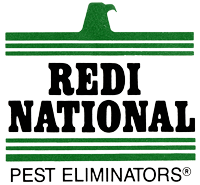How does clutter contribute to pest infestations?
Clutter is a common issue in many households and workplaces, often seen as a mere inconvenience or a reflection of a busy lifestyle. However, the implications of living or working in a cluttered environment extend far beyond aesthetic concerns. One of the most significant yet frequently overlooked consequences of excess clutter is its role in…
